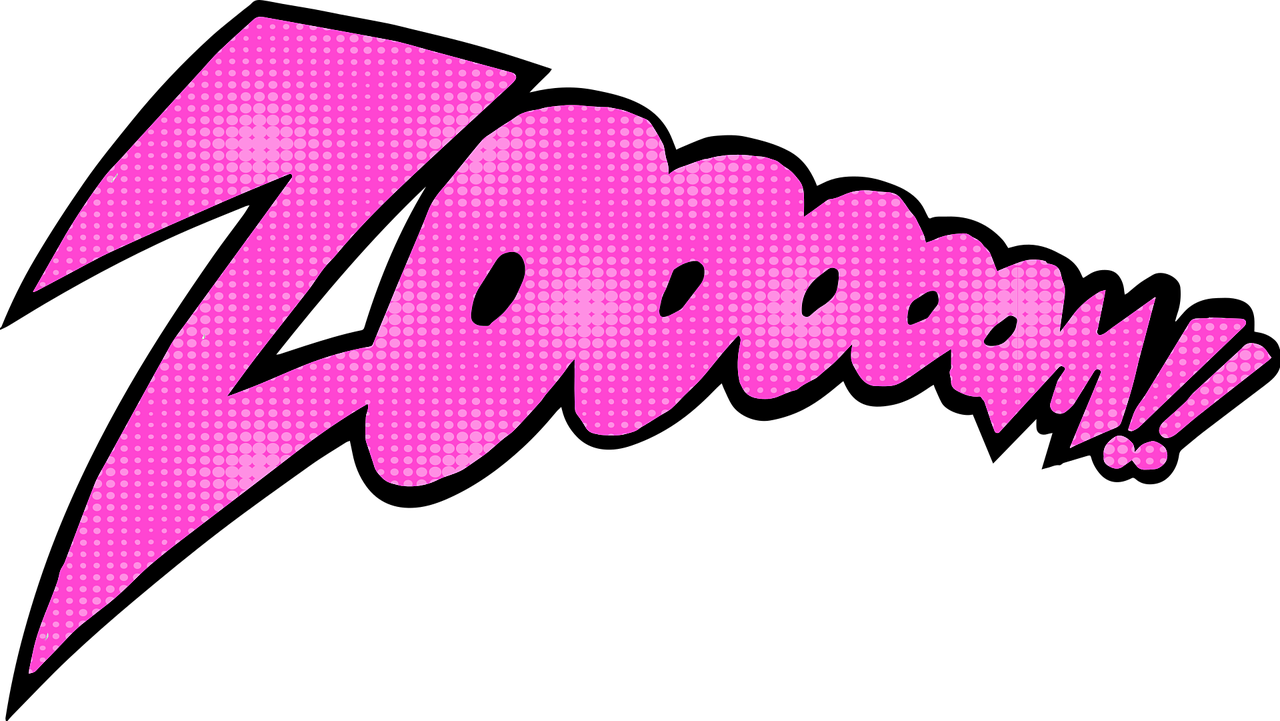We extend our warmest welcome to you, our dear readers! We are very excited to announce that we are starting a blog dedicated to comics. If you are an avid comics reader like us, we promise you that this would soon be your favorite page to visit.
Stay with us to learn more about the history of comics and the content of our new website.
History of Comics
Depending on who you ask, you can get at least a dozen of approximate dates for when the first proto-comic was created. Some will go as far as to claim that cave paintings have similar structure and “plotlines” as your favorite comics today.
We are not entirely sold on this one, although it’s true that humanity has been telling stories through the visual medium for millennia, and that comics did not appear overnight, but were rather the result of the natural evolution of storytelling.
It’s hard to pinpoint a year for when the comics medium emerged, but we will argue that the form appeared around the 18th century. The first inklings of the new medium could be seen in the English satirical caricatures that were usually followed by short texts.
William Hogarth (1697-1764) is often cited as the grandfather of cartoons. The English painter is famous for his caricatures that often criticized his contemporary society and its subjects. He had a particular taste for depicting the English slums, which borne the term “Hogarthian”. Overall, his political cartoons went on to give rise to the comic strip.
Over the next century, political cartoons became an easily recognizable medium. They were particularly popular in Britain, France, and the newly-established United States. It was a way for people to comment on popular events and to criticize the political elite. These cartoons were often published in reputable newspapers. There are a few candidates for the title “first comic”. The Glasgow Looking Glass (1825-1826) was a mass-produced publication, illustrated by William Heath, that featured images portraying Scottish society and fashion of the 19th century. The images were accompanied by text, and this publication introduced the beloved speech bubble and the phrase “to be continued”.
Shortly after, The Adventures of Mr. Obadiah Oldbuck (1827) captivated the audience with its cheeky humor. The Swiss comic, created by Rodolphe Töpffer, brought us the traditional comics panels, along with the first interdependent use of text and images. These inventions gave Töpffer the title of “the father of modern comics”.
Richard F. Outcault (creator of The Yellow Kid) and Winsor McCay (creator of Little Nemo) are two other comics creators who further established the conventions of the comic strip. They had an infamous rivalry in the early 1900’s, which resulted in sophisticated comic strips that would later define the Western comic genre.
Meanwhile, Japan was also dipping its toes in this sphere with the first modern comic Tagosaku to Mokube no Tōkyō Kenbutsu by Rakuten Kitazawa being released in 1902. Japanese comics followed their own trajectory and became famous for their black-and-white pictures, Chiaroscuro lighting, and stories that spawn over more than a hundred pages.
In 1938, a hero was born – Superman – and with him the most successful comic genre, that of superhero comics. Created by Jerry Siegel (writer) and Joe Shuster (artist), Superman became an instant hit and it was soon followed by another DC superhero – Batman. Their popularity rose even more when the US joined WWII; the world needed heroes and that’s what they got.
Site Content
We hope you liked this very brief history of comics. Now about the content of our website. We want to bring you detailed analyses of various comics, as well as portraits of famous comics creators. We will also update you on the most highly anticipated titles.
Overall, we want to cover all bases. We want this website to be all encompassing, but we can’t do it without you. So please feel free to recommend us topics you’d like to see covered on here. Thank you for your support and enjoy reading our blog!



